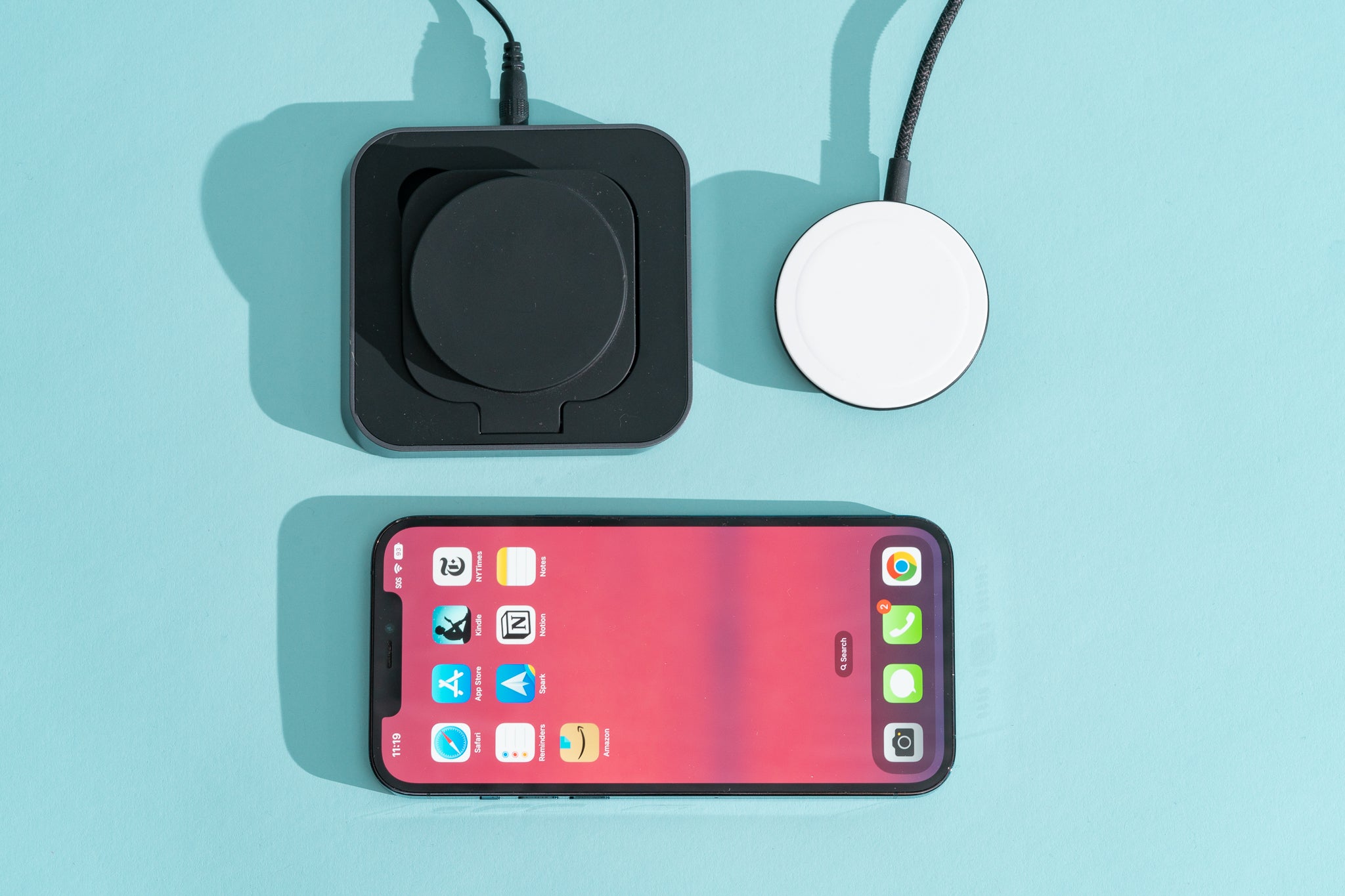
Wireless Charging for Android Phones: A Comprehensive Guide
Wireless charging has transformed how we power devices, offering a convenient, hassle-free way to keep phones, tablets, and other gadgets charged. Although wireless charging technology has existed for over a decade, it has significantly evolved, especially with faster, more efficient standards like Qi2. This article explores wireless charging for Android phones, covering its history, current capabilities, and future developments.
History of Wireless Charging
Wireless charging technology debuted in 2009, introduced by the Wireless Power Consortium (WPC), a non-profit organization aiming to create a universal standard. The initial standard, Qi (pronounced "chee"), provided a simple, efficient way to charge devices without cables. Qi quickly gained popularity among Android and iOS device manufacturers, with many smartphones and accessories supporting this standard.
Early Adoption and Challenges
Early Qi-certified chargers faced challenges, primarily due to the lack of standardization in charging speed. Some chargers delivered up to 5W of power, while others were limited to 2.5W or lower. This variability made finding an efficient charger difficult. Additionally, aligning the charging coil with the device's receiver often posed problems, leading to slower charging times or failed attempts.
Evolution of Qi
To address these issues, the WPC continued evolving the Qi standard. In 2017, Apple introduced MagSafe, a magnetic ring that helps align iPhones with the charging coil, supporting higher 15W charging speeds. This innovation raised the bar for wireless charging technology, making it more efficient and convenient. However, it also created a gap between Apple's proprietary MagSafe and standard Qi-certified chargers.
Introduction of Qi2
In November 2023, the WPC announced Qi2 (pronounced "chee two"), a new wireless charging standard designed to bridge this gap. Qi2 promises faster charging, higher efficiency, and greater convenience by incorporating Apple's MagSafe protocol. This new standard includes a Magnetic Power Profile that ensures better alignment between the charger and the device, significantly improving wireless conduction efficiency.
Key Features of Qi2
- Faster Charging: Qi2 supports up to 15W wireless charging, twice the regular 7.5W on Qi. Devices can be charged more quickly and efficiently.
- Magnetic Power Profile: Ensures devices are placed in the best possible alignment with the charger, reducing misalignment risk and improving overall efficiency.
- Compatibility: Qi2-certified chargers will be compatible with both iPhones and Android phones, though some handsets might not support the maximum charging rate due to hardware limitations.
- Certified Brands: Several brands, including Belkin and Anker, have already been certified for Qi2. These brands are expected to release compatible products in December 2023.
Current Capabilities of Wireless Charging for Android Phones
While Qi2 represents the future, current Android phones still rely on the standard Qi protocol for wireless charging. Here are some key points about current capabilities:
Standard Qi Charging
- Charging Speeds: Most standard Qi-certified chargers support up to 7.5W fast wireless charging for Android phones and 5W standard charging.
- Compatibility: Many Android flagships support Qi wireless charging, although charging speed can vary depending on the device and charger used.
- Alignment Issues: Ensuring proper alignment between the charger and the device's receiver remains a challenge, leading to slower charging times or failed attempts.
Proprietary Charging Techniques
Some Android manufacturers have developed proprietary wireless charging techniques offering faster, more efficient charging. For example:
- OnePlus Warp Charge: Uses a proprietary charging pad to deliver faster charging speeds compared to standard Qi chargers.
- Google Fast Charging: Google has developed its own fast charging technology for its Pixel series, charging devices faster than standard Qi chargers.
Future Developments in Wireless Charging
The introduction of Qi2 marks a significant step forward in wireless charging technology. Here are some future developments to expect:
Implementation of Qi2
- Android Flagships: Companies like Samsung and Google are expected to implement Qi2 technology in upcoming flagships, such as the Galaxy S24 and Pixel 9 series.
- Charger Availability: By December 2023, several brands will have released Qi2-certified chargers supporting up to 15W charging speeds.
Advancements in Charger Design
- Magnetic Alignment: The Magnetic Power Profile in Qi2 ensures better alignment between the charger and device, reducing misalignment issues and improving overall efficiency.
- Design Innovations: As manufacturers move towards Qi2, expect innovative designs incorporating magnetic rings or other alignment mechanisms to enhance charging efficiency.
Practical Applications and Benefits
Wireless charging offers several practical benefits, making it an attractive option for users:
- Convenience: No more tangled or lost charging cables.
- Ease of Use: Simply place the device on the charger to start charging.
- Reduced Wear and Tear: No more constant plugging and unplugging of cables, reducing wear and tear on the device's charging port.
- Improved Safety: Wireless charging eliminates the risk of electrical shock or fire associated with faulty cables.
Additional Tips for Using Wireless Charging
- Choose the Right Charger: Ensure the charger is certified by the WPC for the specific standard being used (Qi or Qi2).
- Check Device Compatibility: Verify that the device supports wireless charging and the specific standard being used.
- Use a High-Quality Charger: Invest in a high-quality charger that supports the maximum charging speed the device is capable of.
- Avoid Overheating: Place the charger on a flat surface away from any flammable materials to avoid overheating issues.
By following these tips and staying informed about the latest developments in wireless charging technology, enjoy a seamless, efficient charging experience with an Android phone.
